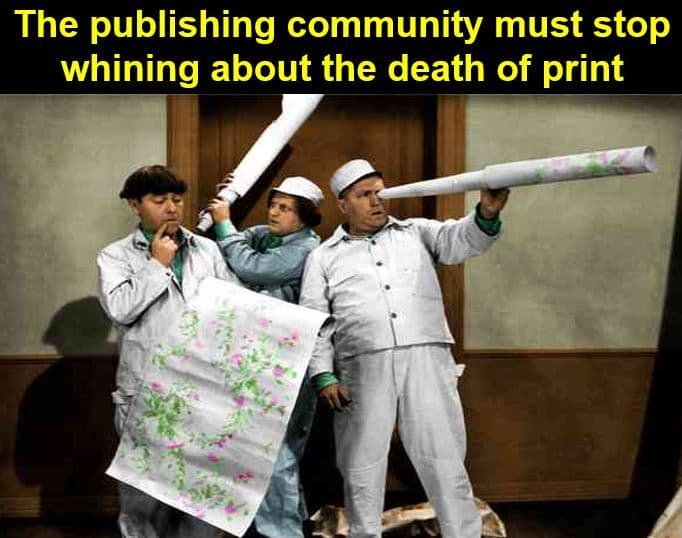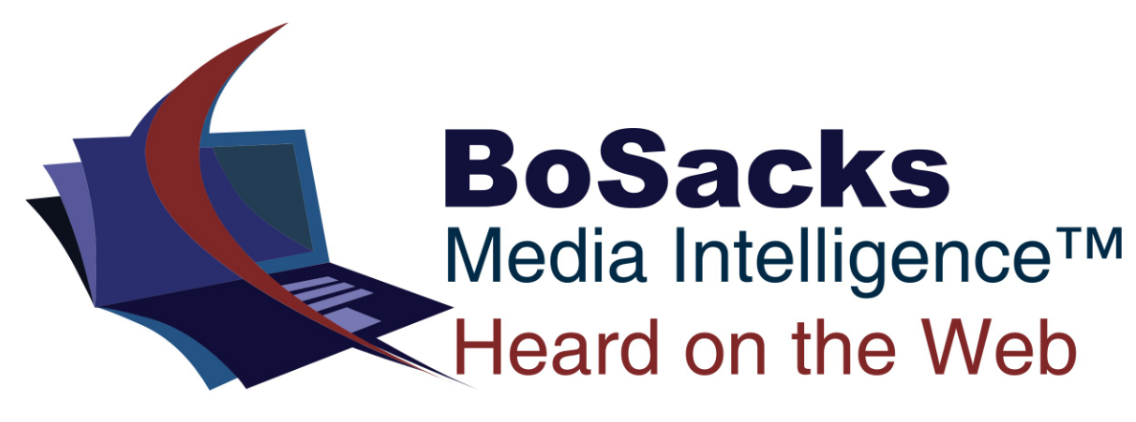BoSacks Speaks Out: Circulation Is Reassembling (And Not a Moment Too Soon)
By Bob Sacks
Thu, Aug 21, 2025

Let’s start with a clean datapoint. South Africa’s Audit Bureau of Circulations reported a 3.1 percent quarter-over-quarter rise in combined newspaper and magazine circulation in Q2 2025. Year-over-year, it’s up 1.3 percent, totaling 8.5 million. That’s not just a bounce. It’s a signal. In a market that had been contracting, print is stabilizing. Not surging, not collapsing, stabilizing. In this climate, that’s a headline.
And it’s not isolated. In the UK, New Mountain, a debut magazine celebrating personal connections with nature, sold out its first run in under three weeks. In Japan, VI/NYL launched its first English edition with Snow Man on the cover, blending collectible music culture with international reach.
Collectible Print Is Where the Heat Is
Print is dressing better, charging more, and showing up where it counts.
The Spectator’s U.S. edition is doubling its print frequency this fall, shifting from monthly to twice-monthly. Axios called it a relaunch. I call it a recalibration. If your magazine looks like junk mail, it gets treated like junk mail. Spectator’s move says: this is worth your shelf space.
Fashion’s playing the same card. i-D returned to UK newsstands as a biannual priced at £20. That’s not a magazine. That’s a statement piece. Gen Z isn’t allergic to print. They’re allergic to clutter. Scarcity and design justify the format.
Pop culture’s not far behind. Complex revived its flagship print magazine with a $30 launch at Art Basel. Limited distribution. Fan-centric subscription stack. The product is designed to live on coffee tables and in Instagram stories.
And now: Boardroom, the Kevin Durant-backed media platform, is launching a quarterly print magazine in 2026, starting with a mini-mag debut at the U.S. Open. The pilot issue features Aryna Sabalenka and Rolex’s tennis sponsorship. It’s not about monetization. It’s about cachet.
Meanwhile, Domina, a feminist fashion journal, dropped its first issue this spring, bold, unapologetic, and priced to signal value. It’s part manifesto, part art object.
Brand-Driven Print Is Expanding
Corporate storytelling is going analog. Not for reach. For resonance.
Microsoft launched Signal, a 120-page print magazine timed to its 50th anniversary. Small run. Event-driven distribution. The goal isn’t clicks. It’s trust. Costco’s Connection remains the model: scale plus affinity.
New entrants are following suit. Dove’s “Why2K?” podcast campaign now includes a print zine distributed at campus events, unpacking beauty culture with archival flair. And Commence, Brooke Shields’ haircare brand, is testing a print insert strategy for its older female audience, celebrating aging with joy and authenticity.
Small Markets Are Leaning In
Grenada’s tourism authority will debut a destination magazine this December, produced with Greydoor Publishing. It won’t replace brochures. It will complement them. Editorial storytelling about eco-tourism and culture.
In the U.S., the Appalachian Regional Commission is piloting a quarterly print digest focused on local entrepreneurship. Distributed through libraries, co-ops, and post offices. The goal? Build pride, share resources, and remind readers that their region isn’t just flyover country. It’s home.
What To Do With This
Treat print like a premium instrument. Not a volume channel. Use cadence, paper, price, and placement to signal value. Attach print to owned distribution—events, memberships, retail partnerships, so each copy recruits a reader into your direct channels.
When circulation recovers in a market, don’t just celebrate. Capture email. Build first-party data. Create feedback loops. Circulation is not just a number. It’s a relationship.
Bottom Line
Circulation upticks show distribution can be rebuilt in smart markets. Collectible and brand-led print products show how to convert attention into loyalty. The medium works when the package is intentional, the story is worth keeping, and the route to the reader is yours.
Print isn’t back. It never left. It just got tired of being treated like a coupon insert. Now it’s dressing for dinner, charging cover, and asking smarter questions
